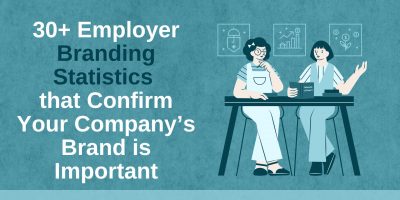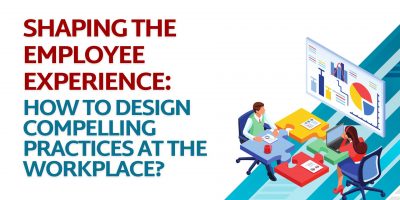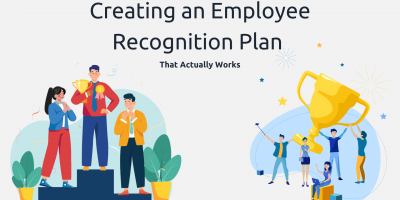
30+ Employer Branding Statistics that Confirm Your Company’s Brand is Important
Discover how your company’s brand impacts today’s workforce. Learn how purpose and flexibility boost employee commitment and explore the benefits of a strong employer brand for recruitment and retention.





